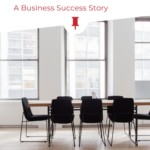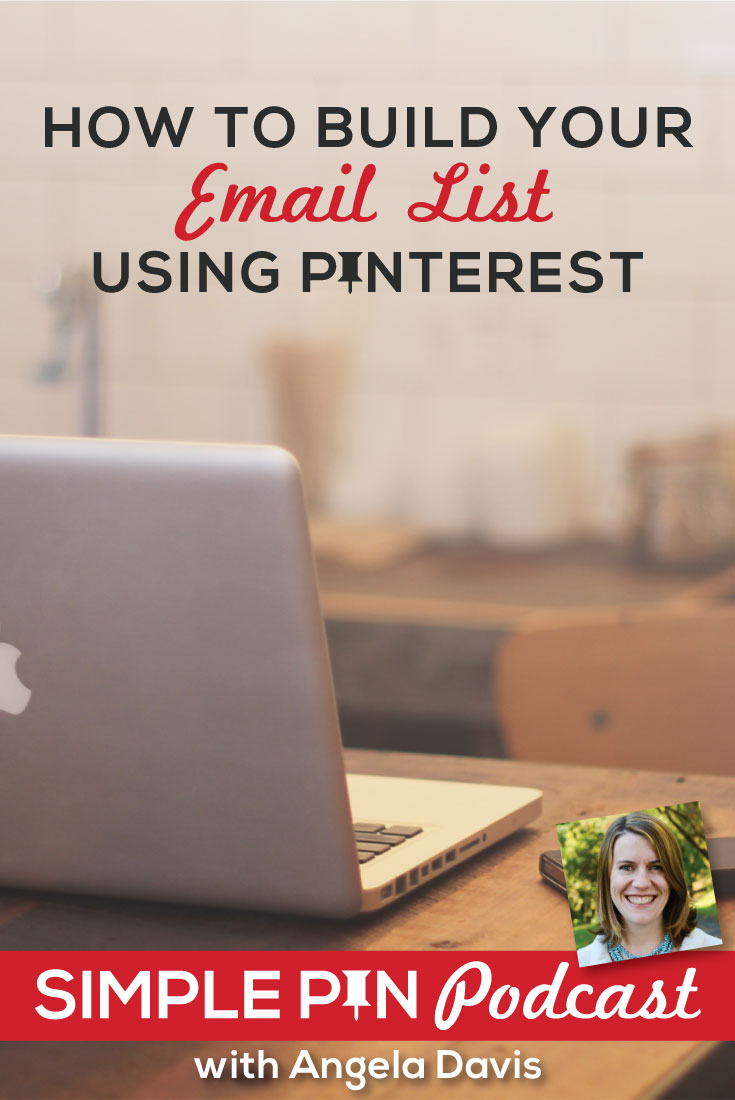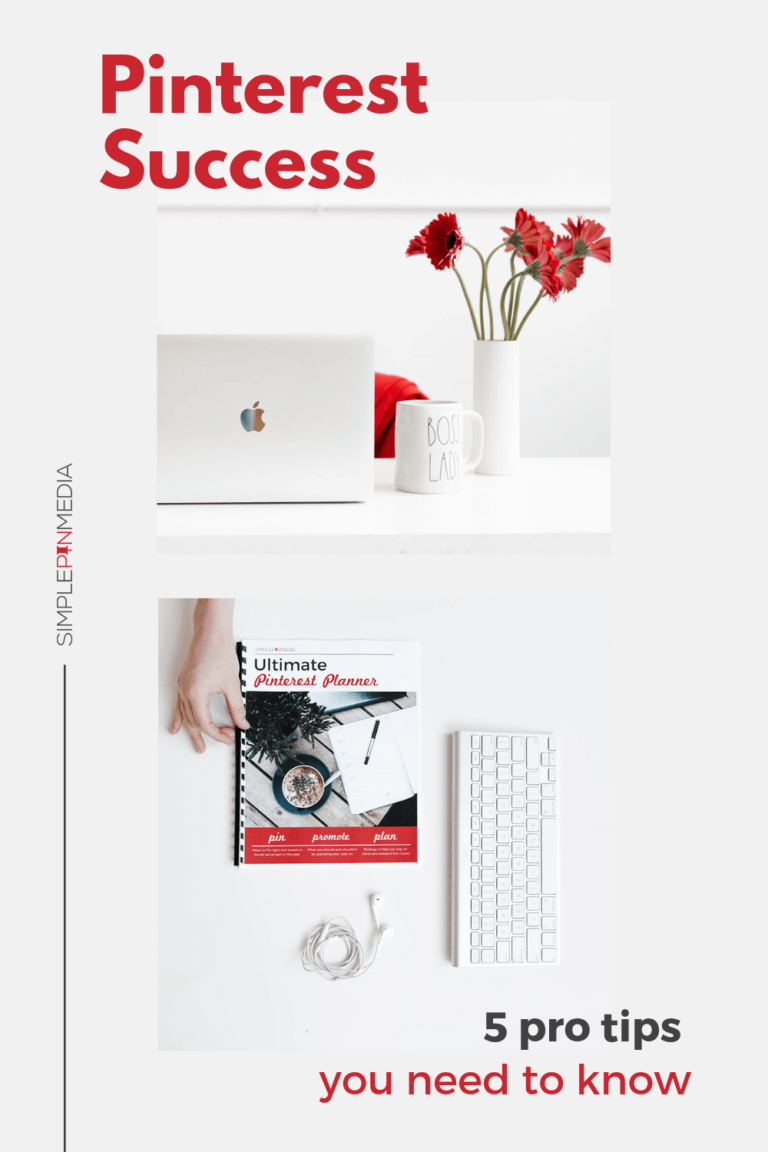Having success with one business doesn’t mean you have it all figured out. Every niche has its challenges, struggles, and competition.
Today’s podcast is a story about overcoming hardships in business and discovering things on the journey that help build a sustainable revenue stream.
My guest is Debbie Gartner, better known as The Flooring Girl.
Many years ago, Debbie started a business where she went to people’s homes to help them select the best flooring to meet their needs. She eventually created a website and a blog to support her business.
I found our discussion refreshing because I’m always so paralyzed about trying new things and worrying they’re not going to work. But this is truly the way that successful online businesses evolve. Debbie’s “rags to riches” story reflects that.
Let’s dive into my conversation with Debbie and explore how she achieved sustainable revenue stream in her business by trying different things to get where she is today.
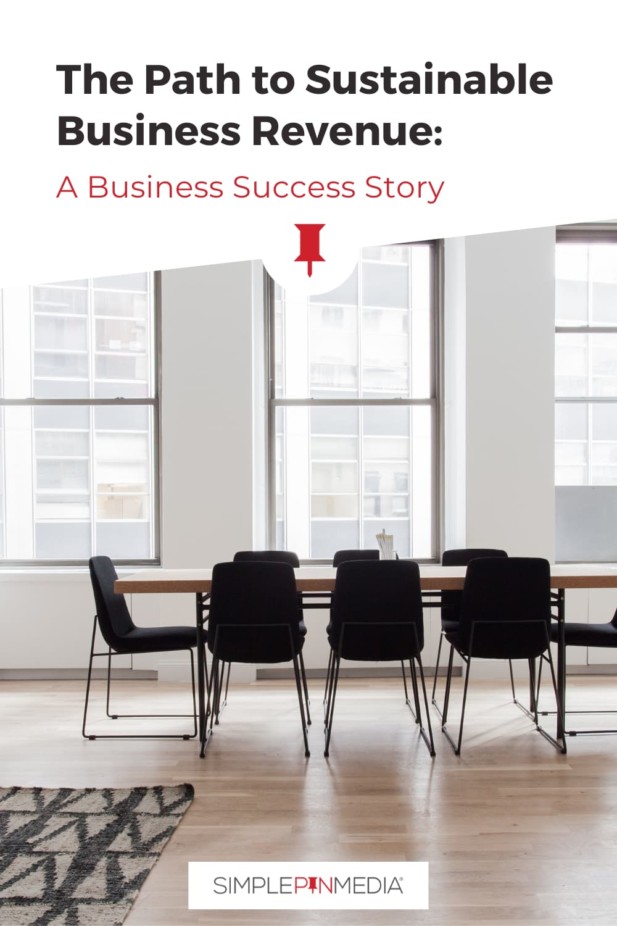
The path to sustainable revenue is not always a straight line
Debbie says she started with nothing and didn’t make money online until she learned about blogging back in 2010. In 2011 she started her website and avidly worked on learning SEO (search engine optimization).
Her primary goal was increase traffic to her website. Around this time, someone introduced her to the idea of monetizing her blog. Her reaction was:
Oh yeah, whatever. I don’t have time for that.
In 2015, Debbie learned more about monetizing her blog. She believed she had already tackled the challenging part by learning all about SEO. She believed that all she needed to do was add some affiliate links.
She imagined making $10,000 a month without much effort. She says she quickly discovered that that was an incorrect assumption.
In 2016, her life took a turn and she found herself in a big mess. She was $238,000 in debt and no longer had her flooring business (and was not allowed to work in the flooring business for 2 years).
At the time, she lived in an area with an extremely high cost of living (New York City) and she owned her condo. So moving back home with mom and dad wasn’t an option.
Debbie had no idea what she was going to do. She thought about working for a painting company because that business was related to flooring. But it was winter and there wasn’t enough demand for painting services. Eventually, she did get the painting job but it was only a part-time gig.
So she decided she would try to learn how to monetize her blog because blogging was something she did know how to do.
She also knew that it would take a while to build an income blogging, so she took on two additional part-time jobs. She did some freelance blogging and SEO for people.
She planned to muddle through for two years until she could return to the flooring business.
But it didn’t work out that way.
Debbie says it was such a devastating time for her. She needed to make about $10,000 a month just to pay her bills and the income just wasn’t there.
She found herself juggling credit cards, putting payments on whichever had the lower interest rate, and paying the minimum 10% every month, all while working her tail off trying to learn how to monetize her blog and maintain several part-time jobs.
Since her blog was already active and had some traffic, the first thing she did to monetize it was to turn on ads. She started making money from her blog as soon as that happened.
She also became an Amazon associate and inserted Amazon affiliate links throughout her site. During her first month, Debbie made $1,500 from the blog, which was a great result for a new blogger.
Thankfully, Debbie says she had always seen the value of having multiple income streams. She learned about the importance of financial diversification in high school.
trial and error: developing multiple income streams
Debbie’s story has two parts. Part One was losing her flooring business, maintaining three part-time jobs, and a blog all about flooring.
In Part Two, Debbie expanded her main flooring blog to include home decor focused on painting, something she already knew. It was slow, going at first but she was able to increase her income to about $3000 per month in about 11 months.
But life never moves in a straight line.
Things were looking up for Debbie when her part-time painting job came to an end because her place of employment went out of business. Of course, she had to make up that money somewhere.
She decided to take what she had learned in her part-time painting job and put it into action. Based on what she had learned from listening to the Simple Pin Podcast and other business podcasts, Debbie decided she could blog about painting. She hoped that her painting content might do better on Pinterest than her flooring content.
Debbie says she devoted herself to learning how to excel at Pinterest marketing and affiliate marketing. By the end of year two, her income had increased to $12k-14K each month.
Quite an improvement, but she still had quite a lot of debt to pay off.
Debbie’s next move was to teach other people SEO strategies and tactics for their business..
Someone she knew from a Facebook group asked if anyone knew an SEO agency they could hire. Debbie jumped on the opportunity telling her friend that hiring an agency would be a waste of time and money when she could teach it to him in an hour on the phone.
She suggested a fee of $75 but realizes now that was ridiculous. He seized the opportunity and of course, it took her way more than one hour to teach him the process.
Then her Facebook friend told her she should start a blog on SEO. She loved SEO, but just knew she would get bored blogging about SEO and said “No way!” However, word got out on a Facebook group and many other people wanted her help after that.
Debbie didn’t love this work. She was just trying to make some extra money on the side and people were saying “you totally know what you’re doing!” Debbie would reply, “Yeah, don’t tell anybody.” She didn’t want to be teaching SEO.
Eventually, she ended up having a three-month waiting list for her services. It was exhausting trying to fit people into her schedule. At this point, someone suggested she create a book or a course for SEO.
She thought that creating a book was a good idea and that it would result in getting people off of her waiting list. She couldn’t stand disappointing people. So she created her first ebook about SEO.
It did well even though she didn’t have an email list at the time. She relied on a few affiliates and Facebook groups to help spread the word. It worked and her book sales were on fire!
The amazing thing about Debbie’s story is that she wasn’t following a well-laid plan. Things just kept happening for her.
After the publication of that first ebook, people told her that they really needed to learn about basic on-page SEO tactics.
Two months later she created a second book called Easy On-Page SEO.
Debbie discovered that having two books available led to more sales for both books. That’s when she learned the value of letting one project lead to another.
Next, Debbie says someone told her she should build an email list, and of course, she thought:
I hate email. I can’t do email.
But she put it on her list of things to do and six months after her first book launch, she began building an email list.She created a free SEO course as an incentive to join her email list and then realized she didn’t know how to create a landing page. So she posted a request for help a Facebook group and someone volunteered to help.
Related: Pinterest Marketing for Self Publishers
Debbie traded services with a tech-savvy friend. She taught her friend more advanced SEO techniques and the friend taught Debbie how to use Elementor for building landing pages.
Debbie says looking back, she did everything backwards. It was a learn-as-you-go journey.
Now she has her home decor blog, which is still called The Flooring Girl. But she blogs about flooring, painting, and a little bit of home decor as well. Most of the money she makes on that blog is passive income.
It was a slow and painful process for Debbie, but somehow she made it through and paid off her debt in three and a half years.
managing two distinct niches within a single business
Wow! What a story.
What I took away as I listened to Debbie talk was she had this really hard thing happen to her and she went into this kind of hustle mode to figure out what might work for her to build a sustainable revenue. What I see is Debbie invested in her community and her community invested in Debbie. Over time, what came out of that are two very different businesses with very different goals and targets.
From this experience, Debbie has learned so much about diversification. Some people create five-year plans to accomplish this but for Debbie, it all just happened organically.
I had to wonder if she finds herself gravitating to one business more than the other.
Even though she loves her home decor business, Debbie feels a deeper connection when she’s helping bloggers. Debbie says COVID has resulted in her feeling a bit disconnected with her home decor audience. Although she is passionate about home decor, she is immunocompromised so she can no longer go into customer’s homes.
Debbie worked diligently to decrease her massive debt and at the end of her ban from the flooring business, she had a $14,000 profit (not gross revenue). By March of the following year, it was $18,000, and the following month she made $24,000.
Debbie says at that point, her income was coming from both parts of her business. If she were to separate it she believes she probably made more from her home decor blogging. She attributes this to having credibility in that field.
From her experiences, Debbie had tangible proof that she knew how to generate traffic, succeed at affiliate marketing, and monetize a blog. She was able to provide tangible value to her home decor people. From that blogging experience, she helped others learn how to manage their blog.
Coming from a background in consumer packaged goods working with Proctor and Gamble and Revlon, she says you must always think about the needs of the customer first.
In Debbie’s situation she has two different business focuses and two types of people she is targeting.
As far as Pinterest marketing goes, most of Debbie’s success has been with her home decor content. In her words, her blogging or SEO have “bombed” on Pinterest. She had a Facebook funnel that had already been successful for her. Debbie tried to apply that to her ads strategy on Pinterest. That didn’t work either.
Debbie says she’s done everything backwards as she’s built a sustainable revenue in her business over the years.
I launched a product without having an email list or a website. I still don’t even have a website where I talk about SEO content. So I did everything haphazardly.
– Debbie
Debbie has all but given up on Pinterest to market her SEO content. It wasn’t bringing her a good return on investment and she was confusing the Pinterest algorithm and her followers by attempting to market two very different niches.
Her new plan is to create a separate website for her SEO business (with a corresponding podcast) a podcast. She will start a new Pinterest account for her SEO business.
Debbie is on the right track with her thinking. Pinterest works to understand what your pins are about and who the people are that engage with them. Having a separate account for the SEO side of her business is a smart idea.
I have recently made a similar change in my business. In addition to my Simple Pin Media Pinterest profile, I recently added a second Pinterest profile for KateAhl.com. I needed to separate the two because I teach about agency building on my Kate Ahl site. The target audience is different for each business.
As we have worked with clients whose stories are similar to Debbie’s, we have found it is difficult to get traction from Pinterest when they are marketing a lifestyle blog that includes content as varied as:
- home decor
- food
- the business side of blogging.
The Pinterest algorithm becomes confused with such a hodge podge of content.
In Debbie’s situation, the demand for painting inspiration is so much higher than the demand for blog information. Clicks will always be much lower in the blogging/SEO/teaching space than they will for the lifestyle/home decor/food space.
Bottom line: you need to have separate accounts when your target audience is so different.
The cool part is that success on Pinterest does lend some credibility in the eyes of Google. You will see Google indexing pins even though they say they don’t.
Debbie’s perspective is if you have a well-optimized post for SEO it will attract quality traffic. Those readers will interact with your site for a good length of time (four to five minutes), which helps your blog posts will rank faster.
With our clients, we have found that Pinterest and Google vie for the top traffic-driving spot. We rarely see an account with Instagram as the top traffic driver. I love that Pinterest/Google kind of dance like they do. They end up supporting each other.
For example, Debbie wrote an article at the end of 2016 and started creating pins for it in 2017. After the creation of that pin, the post suddenly got to page one. Her use of Pinterest started accelerating her traffic and Google took notice.
This is a great demonstration of how multiple marketing arms can help to attract eyeballs on your business.
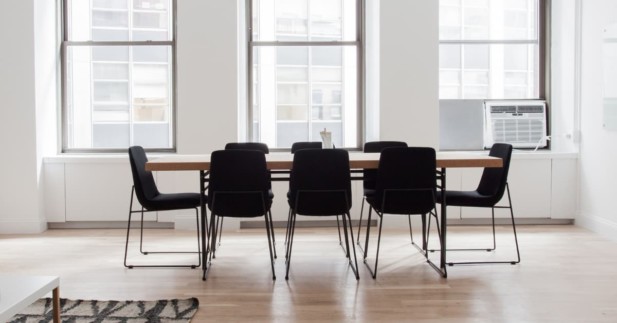
Growing Sustainable Revenue in Your Business: Final Thoughts
I have loved hearing how Debbie came through these hard times. She knows what it means to try this and try that and muddle through difficult times towards her quest to create sustainable revenue streams in her business.
Some of you are new to the online scene. You’re trying to learn Pinterest as you start your business. Debbie has some advice to those of you who are feeling like there is just so much to overcome.
She says first, you have to realize you cannot do everything at once. Debbie likes to think of it as a journey.
Think about your business in layers and approach it as building one layer at a time.
– Debbie
Your first layer is to answer questions like:
- What is your niche?
- Who is your target customer?
- What are the problems that you are going to solve for them?
She believes you can make almost any niche profitable as long as it is relevant.
Then you need to think about your income streams.
As you think about your income streams, understand what you are willing to do. There are five types of income streams. Some are active, while others are more passive:
- ads
- sponsored posts
- freelancing
- affiliate marketing
- products.
Debbie believes that affiliate marketing and products are much more profitable and scalable income streams. She didn’t feel like she could do both at the same time so she decided to focus on affiliate marketing first and let product creation come later.
Debbie cautions that businesses go through fluctuations (e.g., seasonal, COVID). At some point, there will be a recession. She encourages you to recession-proof your business as much as you can.
The way to accomplish this is diversification of income streams.
For example, if you are an affiliate marketer, then diversify your affiliates. Debbie did well with Amazon as her first affiliate but then she looked for others as well. She approaches it like a stock portfolio and just keeps building out her portfolio.
Debbie says just keep working to balance everything out as you grow.
I agree. You need to find your business path toward sustainable revenue. You have to learn along the way and not be afraid to take risks. Be prepared for the ebb and flow of business. It’s going to happen, but you can get where you want to go if you’re prepared.
For Further Listening/Reading:
